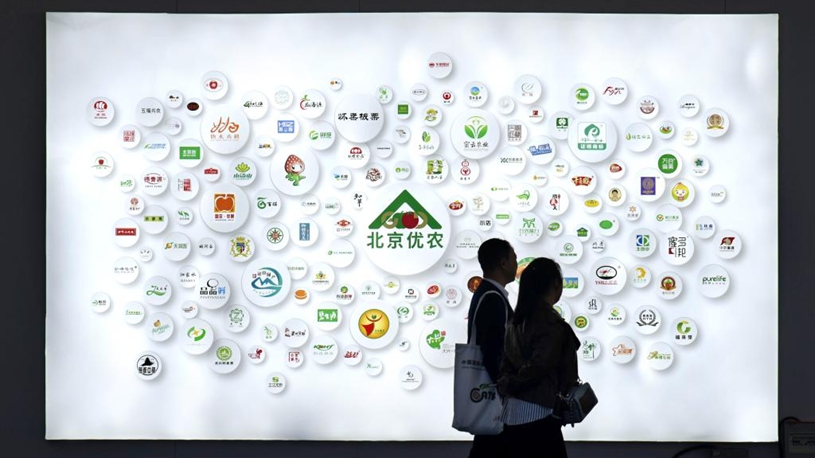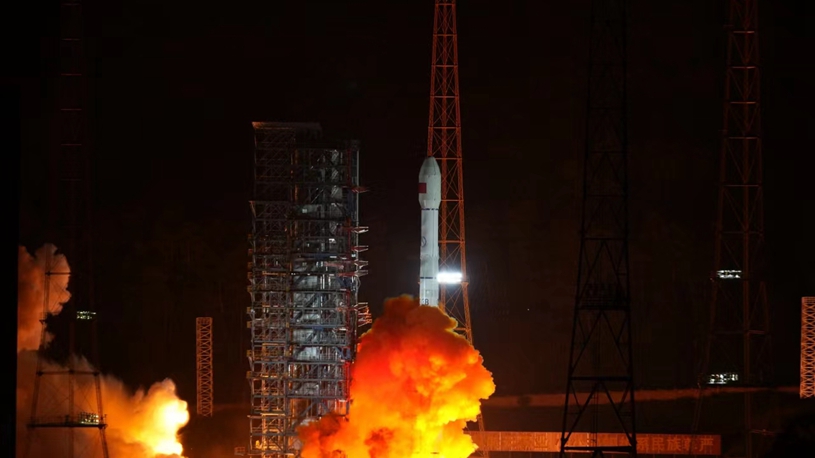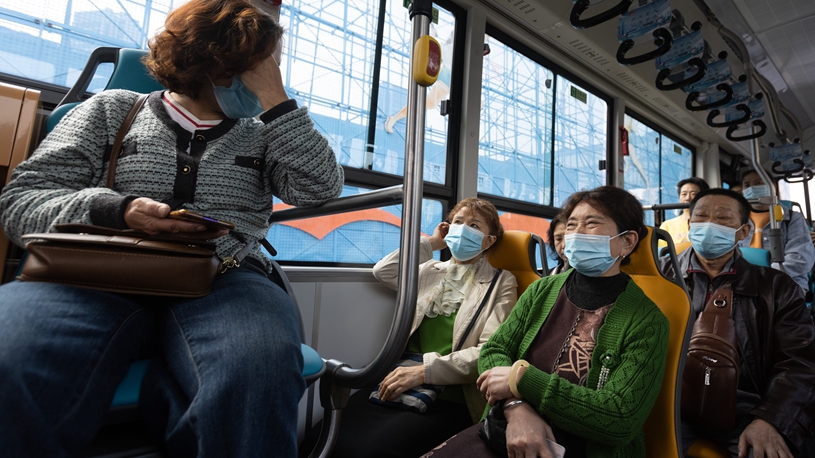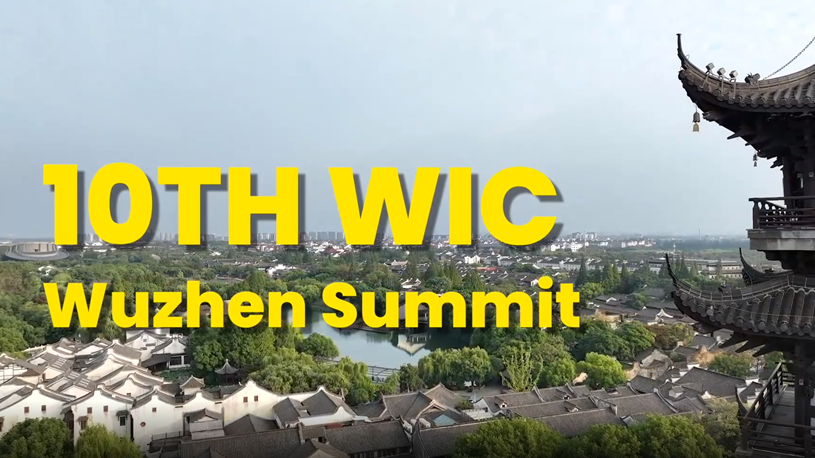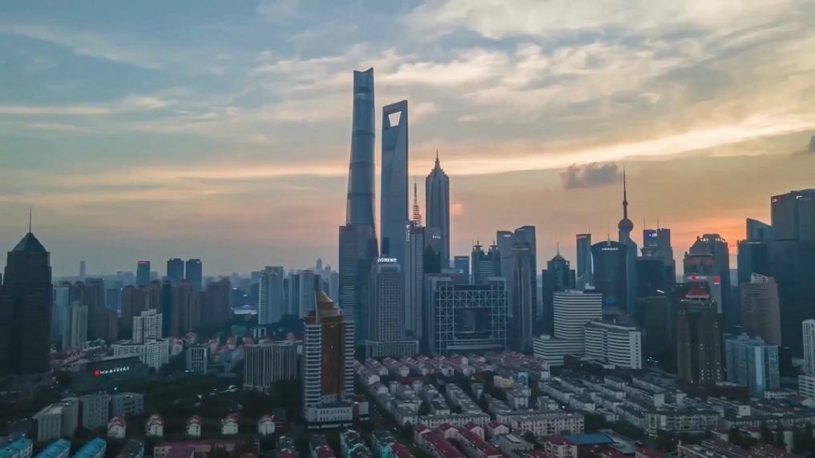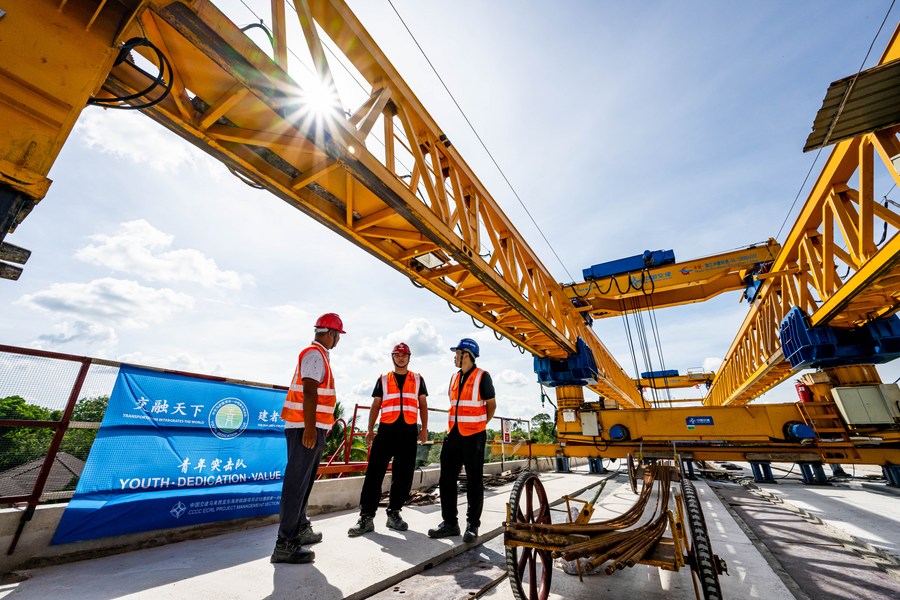
Zhang Tan (C), leader of the first Youth Rapid Response Team of the East Coast Rail Link (ECRL), a major infrastructure project under the Belt and Road Initiative (BRI), inspects a construction site in Kelantan, Malaysia, April 26, 2023. (Xinhua/Zhu Wei)
"For a country, the BRI is an option of development model," Malaysian Transport Minister Loke Siew Fook said. "What we can see is that the BRI projects are very popular in other countries, especially in Southeast Asia."
KUALA LUMPUR, Nov. 10 (Xinhua) -- The Belt and Road Initiative (BRI) will continue to drive Malaysia's socio-economic development and perpetuate the win-win cooperation between Malaysia and China, Malaysian Transport Minister Loke Siew Fook said.
In a recent interview with Xinhua, Loke described the initiative proposed by China a decade ago as one which can "change the destiny of developing countries across the world."
He highlighted the importance of the win-win development under its framework, with participating countries being different on geographical environment, economic phase and political system. In the past decade, China has maintained an open attitude to promote cooperation, Loke said.
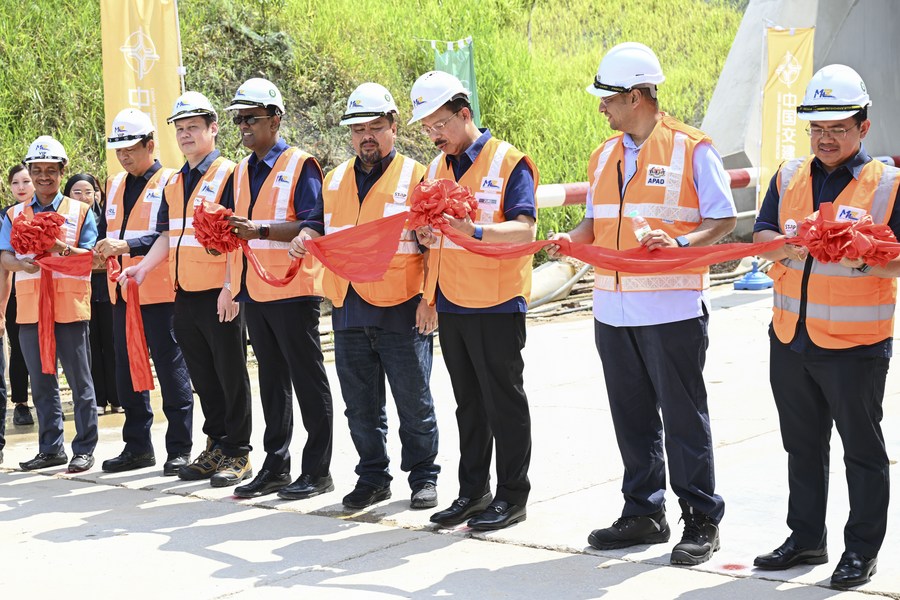
People take part in a breakthrough ceremony of a tunnel along the East Coast Rail Link (ECRL) in Pahang state of Malaysia, Aug. 25, 2023. (Xinhua/Cheng Yiheng)
Taking Malaysia's East Coast Rail Link (ECRL) as an example, Malaysia and China had many rounds of re-negotiation in 2018 and 2019 to ensure the project will continue to bring more economic development to Malaysia.
"In this regard, we would like to thank the Chinese government for open-mindedness ... This demonstrates that when we face some problems, we can solve them, we can discuss them again, which I think is very precious," he said.
In Loke's view, the steady progress of the ECRL is not only a vivid reflection of the principle of extensive consultation, joint contribution and shared benefits of BRI, but also an example of how a mega project can promote comprehensive economic and social development.
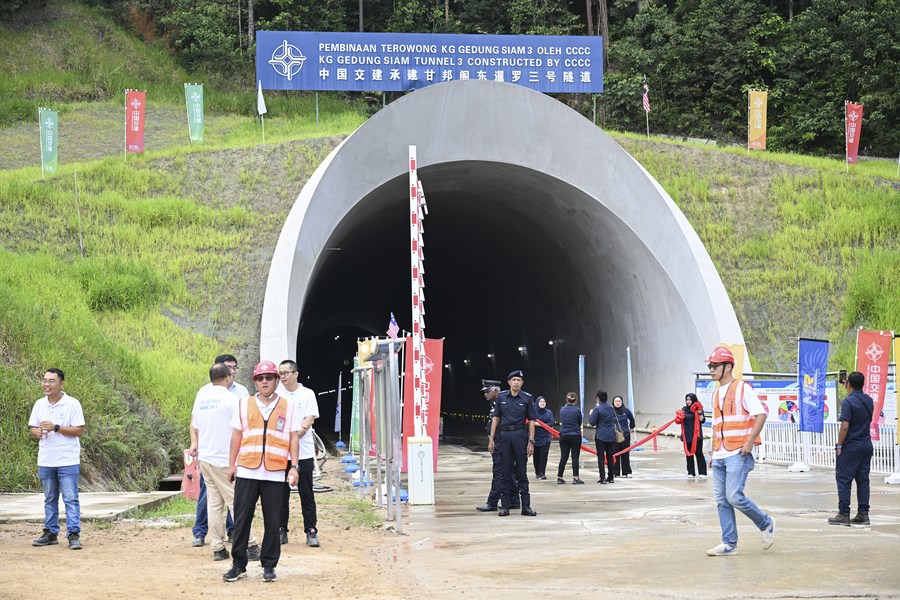
People take part in a breakthrough ceremony of a tunnel along the East Coast Rail Link (ECRL) in Pahang state of Malaysia, Aug. 25, 2023. (Xinhua/Cheng Yiheng)
The ECRL brings not only railway cooperation but also industrial development opportunities and talent training resources.
"The states along the east coast of Peninsular Malaysia has been less-developed. With the ECRL, we want to bring more development opportunities in that area. We have been discussing with the Chinese partners about how to ensure that after the completion of the ECRL, the industrial development can also be boosted," Loke explained.
He said he hopes to promote more industrial investment in the future, build more industrial parks, develop high value-added industries along the ECRL, as well as train more local talents to meet the needs of the Southeast Asian country's railway system.

Guests attend the High-Level Forum on Connectivity of the third Belt and Road Forum for International Cooperation in Beijing, capital of China, on Oct. 18, 2023. (Xinhua/Jin Liwang)
Besides visiting Beijing during his trip to China in October Loke also visited places like Shanghai and the central Anhui province, to communicate with representatives of Chinese transportation enterprises, exploring more cooperation opportunities between Malaysia and China in areas like ocean shipping and train manufacturing.
In his eyes, the BRI is a choice which has been widely welcomed.
"For a country, the BRI is an option of development model," the minister said. "What we can see is that the BRI projects are very popular in other countries, especially in Southeast Asia. The newly completed Jakarta-Bandung high-speed railway in Indonesia is a good example. Both the Indonesian government and the people welcome this project."
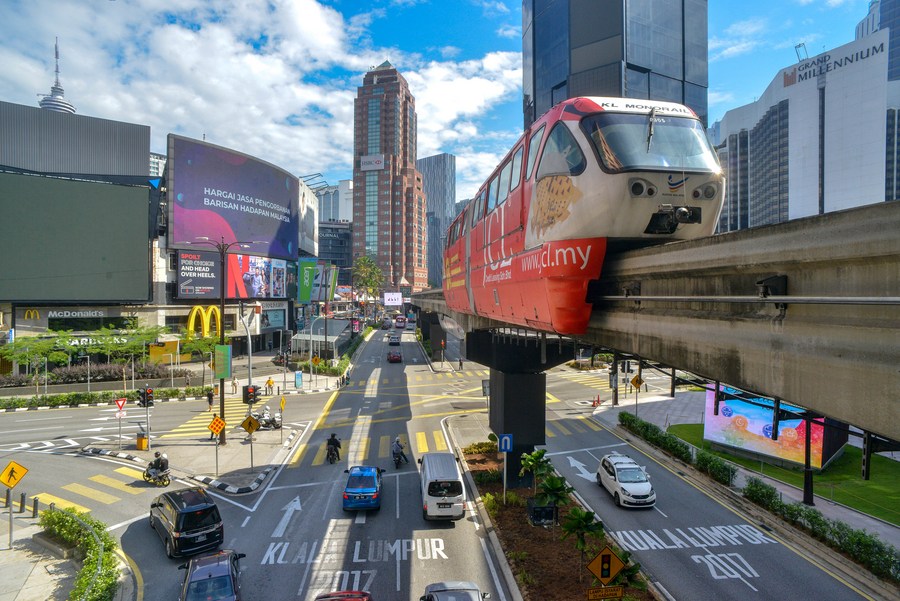
Cars travel on a street in Kuala Lumpur, Malaysia, May 4, 2020. (Photo by Chong Voon Chung/Xinhua)
"The transportation network is an important precondition for economic development," Loke said, adding that Malaysia will continue to develop its transportation and logistics systems, including the upgrading of ports, airports, highways, railways and other infrastructure facilities, to enhance the connectivity and collaboration between different transport systems.
With the geographical advantage brought by the Strait of Malacca, Malaysia enjoys abundant port resources, Loke said, noting that goods from those ports can be transported through railway systems to Thailand, Laos, and then China, even further to Europe through China-Europe freight trains.
The rail-sea intermodal train system in this region has great potential and greater development is expected in the future, he said.
Speaking of the impact of BRI projects, Loke said these major projects have great potential to drive profound and long-term development, for the coming decades. Malaysia hopes to maintain long-term friendship and cooperation with China and achieve common development through the joint construction of the BRI. ■


